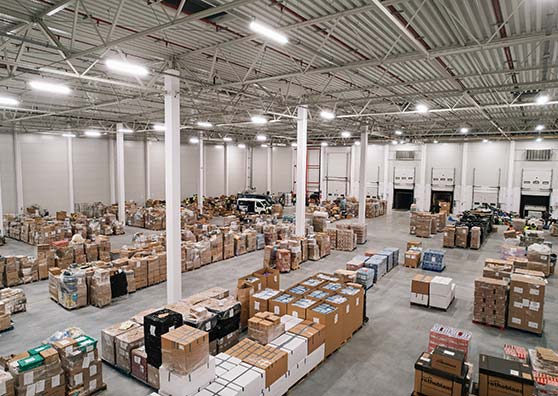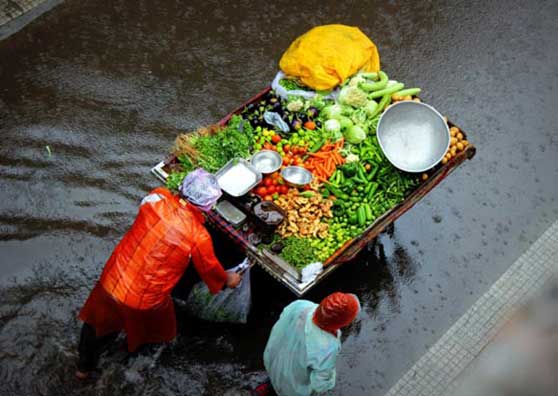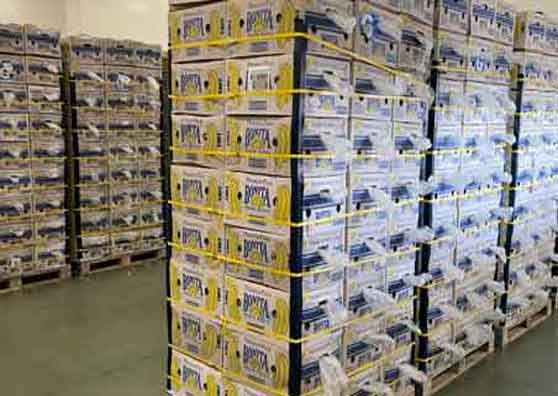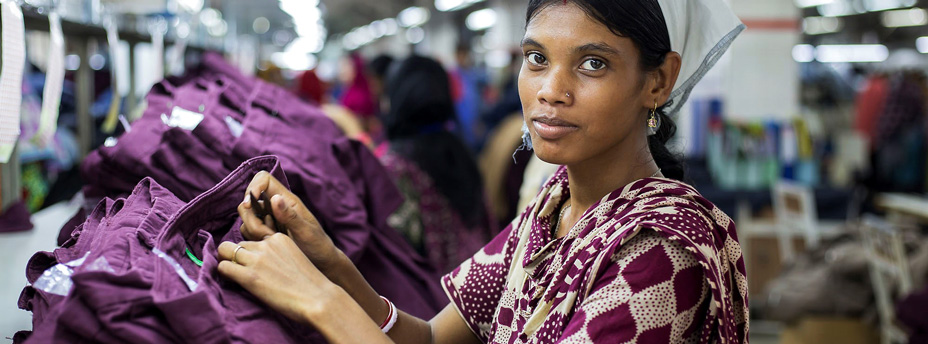
An IFC-led program has helped over 200 Bangladeshi factories improve their environmental impact. © PaCT
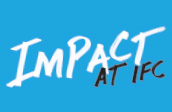 In a busy textile factory in Bangladesh, Krisno Kumar Das carefully guides fabric into a dyeing machine, satisfied with the knowledge that precious resources and money are no longer swirling down the drain.
In a busy textile factory in Bangladesh, Krisno Kumar Das carefully guides fabric into a dyeing machine, satisfied with the knowledge that precious resources and money are no longer swirling down the drain.
Not long ago, Kumar’s employer, Textown, joined forces with the IFC-led Partnership for Cleaner Textile (PaCT) to switch to more sustainable production methods. This slashed the amount of energy, dye, and chemicals the company used, and cut its water consumption by 11 million liters per year.
It makes sense—environmentally as well as financially, and for individuals as well as companies. “We not only use less water and energy, but we can also do more production work over the same amount of time,” said Kumar. “When we increase overall efficiency, this helps the factory become more profitable, then that helps me when I’m looking for a bonus or other financial benefits.”
Cleaner production has also made Textown more competitive. After switching to sustainable processing solutions, it found greater acceptance as a supplier to brands and retailers focused on the environmental impact of their production and products.
PaCT—which is funded by the governments of Australia, Canada, and the Netherlands—has provided more than 200 factories like Textown with on-site assessments over the past five years. Its advice on easy, low-cost solutions and larger capital investments has helped slash water use by 21 billion liters per year in Bangladesh. These factories also cut energy consumption by 2.5 million megawatts hour and reduced greenhouse gas emissions by 460,000 tons annually—equivalent to removing 100,000 cars from the road.
The Real Cost of Clothes
Bangladesh’s $26 billion textile and apparel industries generate 80 percent of the country’s export earnings and are a vital source of jobs for 4.5 million people, mostly women. But this carries a high environmental cost: Bangladeshi garment factories and mills consume 1,500 billion liters of water annually, exacerbating falling ground water levels.
That’s why major apparel chains like Levi Strauss and Co. and VF Corporation have partnered with PaCT, which encourages local suppliers to improve their environmental impact. The support of industry associations, banks, and governments has also been vital to this effort, especially when it comes to financing important resource-efficiency upgrades. PaCT advocacy helped create a $200 million Green Transformation Fund that the Bangladeshi government uses to support low-cost financing for resource efficiency in the textile industry.
PaCT made it possible for Bangladesh-based Comfit Composite Knit, for example, to secure over $125,000 in financing for resource-efficiency upgrades. These investments will reduce greenhouse gas emissions from the factory and save Comfit significant amounts of energy that will pay back the cost of the initial investments within two to six years.
“PaCT’s invaluable support, particularly in understanding the need for resource-efficiency upgradation in our plants, and linking us to the right financial institution, has helped us to receive financing within a short time, at attractive terms,” says Anis Salahuddin Ahmad, Director of Comfit Composite Knit. “As a progressive institution, we feel encouraged to invest in more such upgrades in the future.”
A Rising Demand for Resource Efficiency
To meet rising local demand for resource efficiency, PaCT built a pool of 20 local Cleaner Production Auditors in Bangladesh and established the Textile Technology Business Centre to link vendors of eco-smart products and services with textile companies. To date, partner factories have invested $39 million in environmentally-friendly equipment and technologies.
IFC’s Global Trade Supplier Finance (GTSF) program also offers suppliers financial incentives to improve factories’ environmental and social standards. This $500 million investment and advisory program helps suppliers manage working capital, convert sales receivables to immediate cash, and access lower-cost financing.
PaCT has now entered a second phase, expanding its focus from dyeing and finishing sectors to the entire textile value chain. It’s also entering new countries, with work newly underway in Pakistan.
Back at Textown, Kumar says he’s proud to be part of the move to cleaner production.
“If we use a lot of resources now,” says Kumar, “there will be little left for the next generation. When my children grow up, I want them to have all the resources they need for a better future. If I can do this small part, then I can help the overall climate and environment.”
For more information on PaCT, visit www.textilepact.net.
Follow the conversation: #IFCimpact
Published in January 2018.
